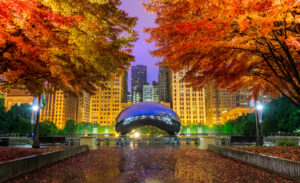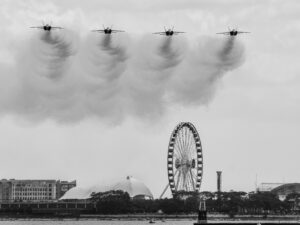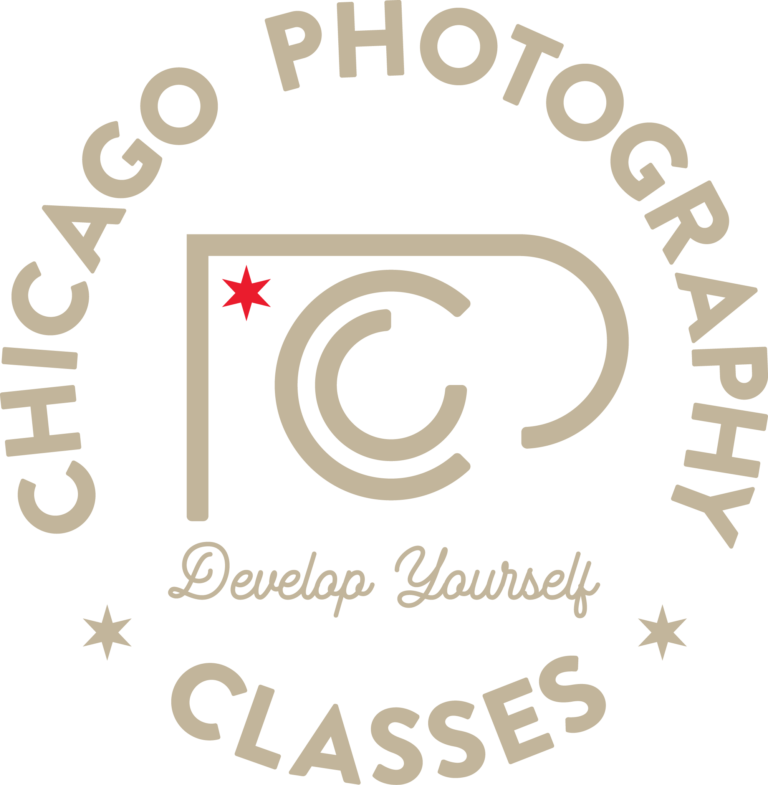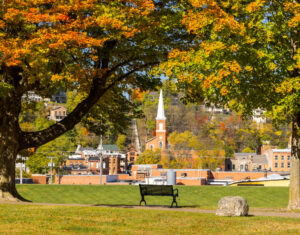
2023 Fall Photography

Fall foliage is a beautiful and highly anticipated seasonal phenomenon that not only captures the attention of nature enthusiasts but also photographers looking to capture the vivid colors of autumn. The vibrant hues of red, orange, and yellow delineating the lush foliage of trees always make for a picturesque view, and photography offers the opportunity to freeze these moments in time.
Here are some tips to help you take your fall foliage photography to the next level:
Timing is Everything
The timing of the photo shoot is essential for achieving outstanding autumn colors in your photographs. The best time to photograph is during mid to late autumn. This is because the best fall colors appear just after the peak when trees have started to shed their leaves. It is currently estimated that the Chicago area will reach peak color between October 15th – 25th. Check the map for your area.
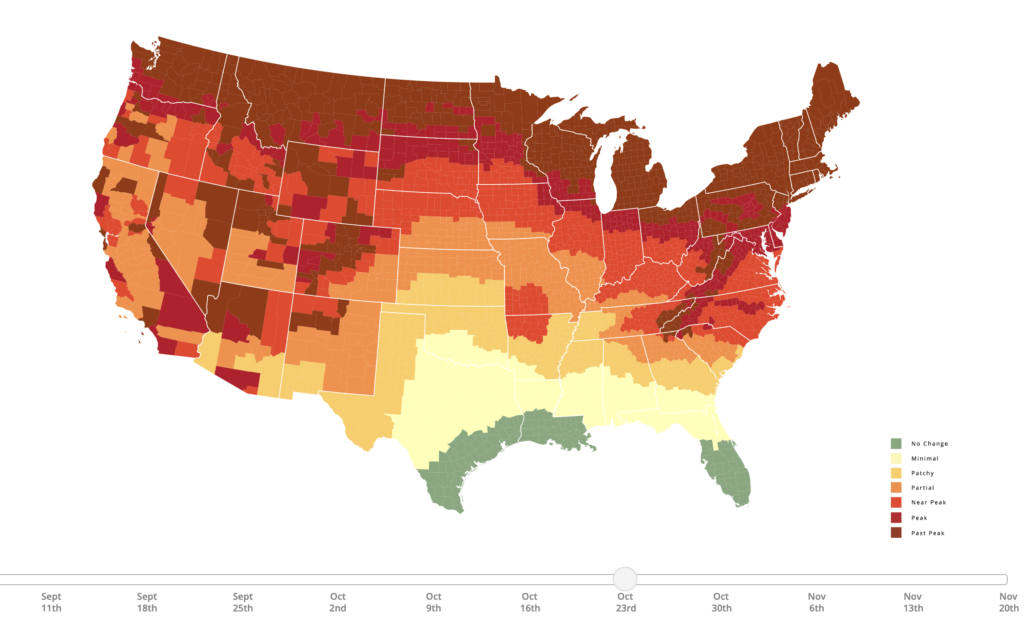
Choose the Right Location
Selecting the perfect location for your photo shoot is just as important as choosing the ideal time of year. Fall colors are widespread, but some locations, such as forests and wetlands, are more likely to have the perfect autumn colors than others. Some of my favorite spots within the City of Chicago are Promontory Point, Olive Park, Millennium Park, Caldwell Lilly Pool, and the North Pond area in Lincoln Park. If you are outside the city, look to visit the Cook County Forest Preserve’s and certainly Chicago Botanic Gardens and The Morton Arboretum.
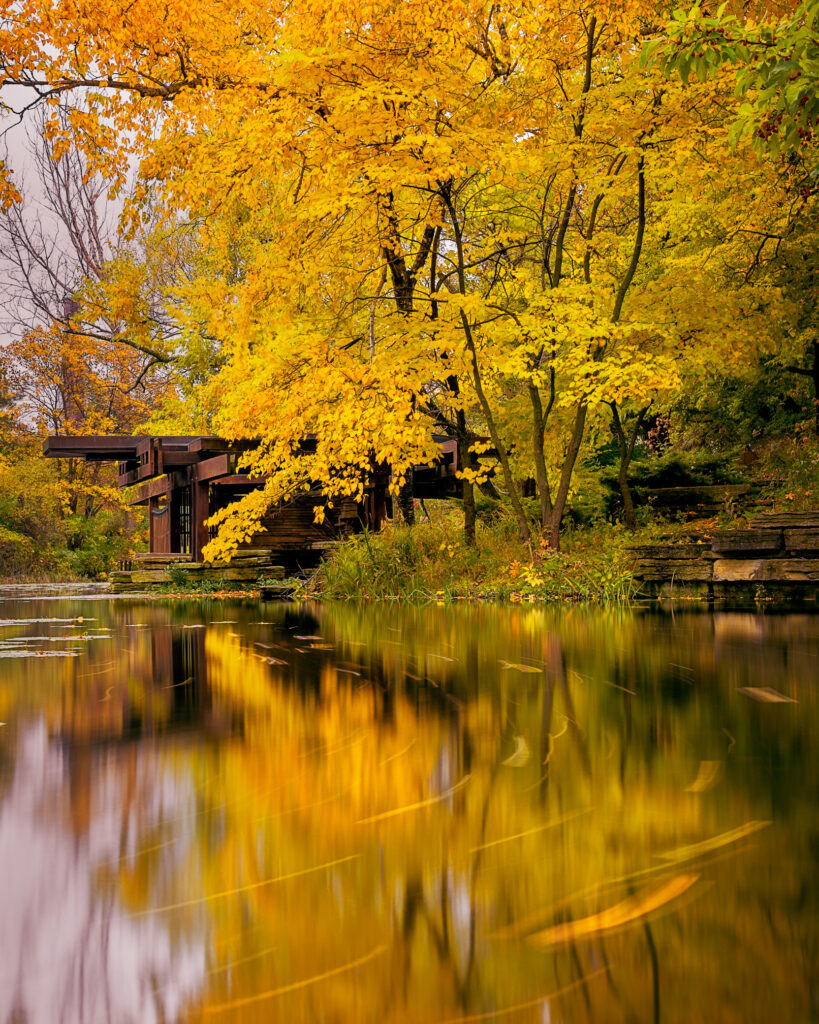

Focus on Composition
To create a great fall foliage composition, you should pay close attention to the composition of your photos. Use the rule of thirds to create a balanced photo, and don’t squash the foliage into one corner of the image. Instead, try using the foreground elements to balance the image and maintain depth. Find a subject and frame the subject with the fall colors.

Experiment with Lighting
Lighting is a crucial element in any type of photography. In the case of fall foliage, the best time to take pictures is during the golden hours, also known as early in the morning or late in the evening when the sun is low in the sky. The low-hanging sun casts a warm, golden light and creates long shadows in the trees, which, when combined with the vibrant colors of the leaves, creates stunning photo opportunities. However, just don’t put away your camera during the daytime hours, work compositions with the sun in your frame and set your aperture to a large f/stop (small opening) to create magical sunstars through the trees.
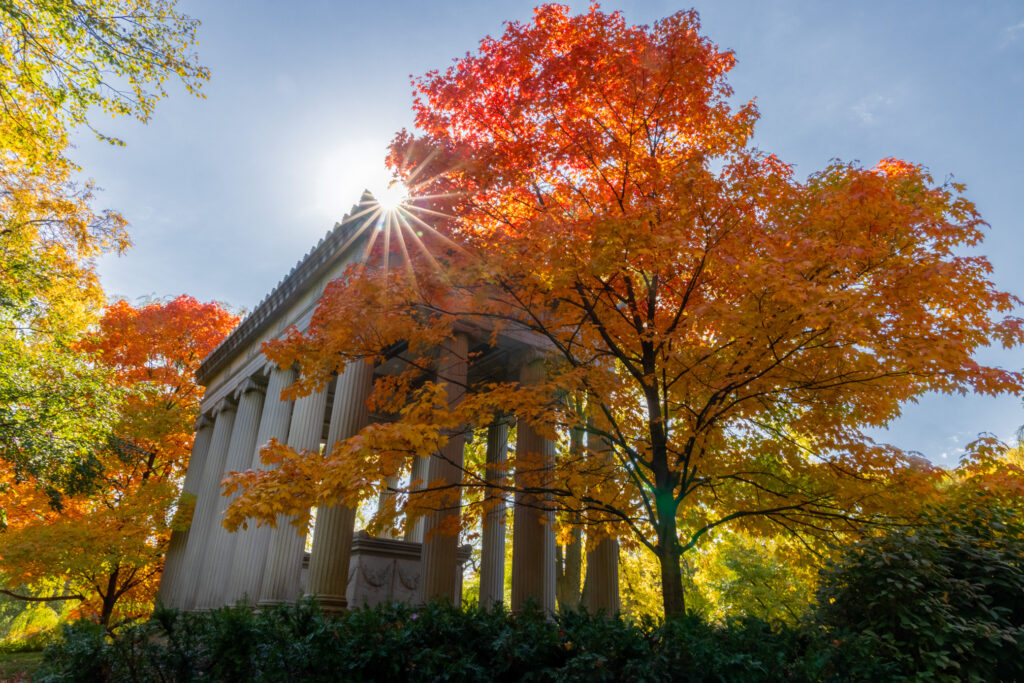
Camera Settings
One of the essential aspects of photographic composition is setting the camera appropriately. Shooting in RAW mode is ideal, as it allows you to alter the exposure and other settings post-processing. If you do shoot RAW, you can alter the White Balance in post but I will typically keep my White Balance in auto or more towards the warm side (degree of Kelvin). As for the Aperture, use an appropriate aperture for the depth of field that you would like to achieve ex. f/2.8 (shallow DoF) to f/16 (deep DoF). Shutter speed will vary based on the weather conditions…see below.
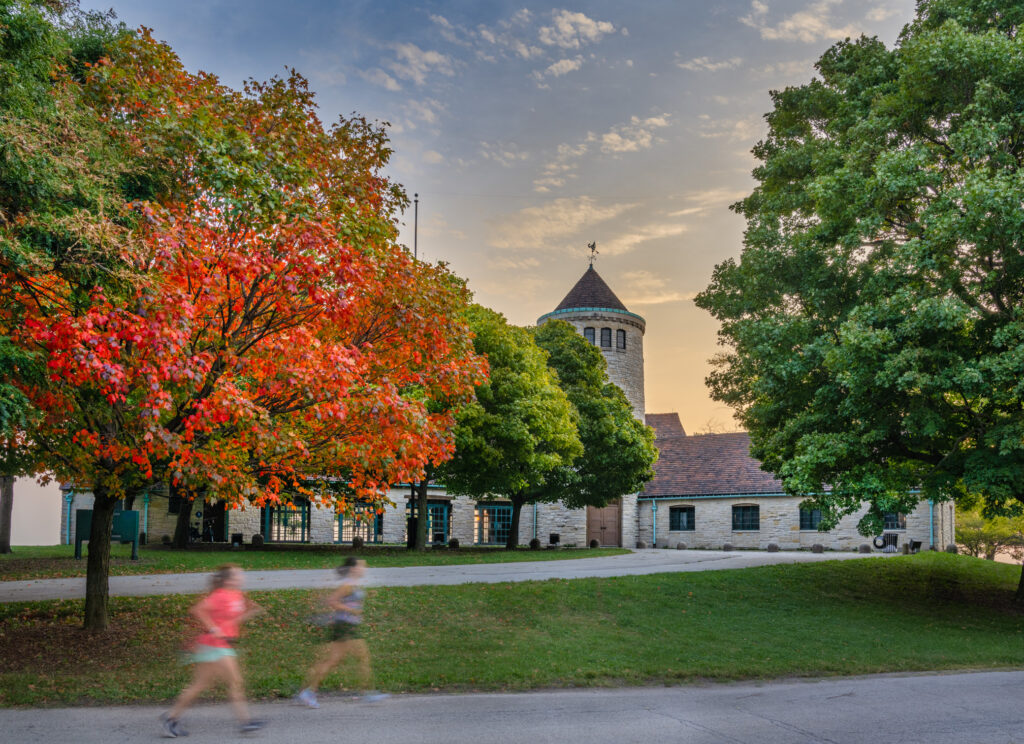
Weather
Photograph in all of the weather conditions that fall gives you! Rain, Snow, Wind and sometimes Sun can always work with different types of compositions. For rain and snow, couple of tips: look for reflections and also use a Circular Polarization Filter. The filter will remove the water reflection from the colorful leaves and give you a much more vibrant look. For wind, I will typically take one image at a low ISO (for sharpness and dynamic range) and then a higher ISO for a faster shutter speed to freeze moving leaves on a tree. I will then blend the two images together in Photoshop.
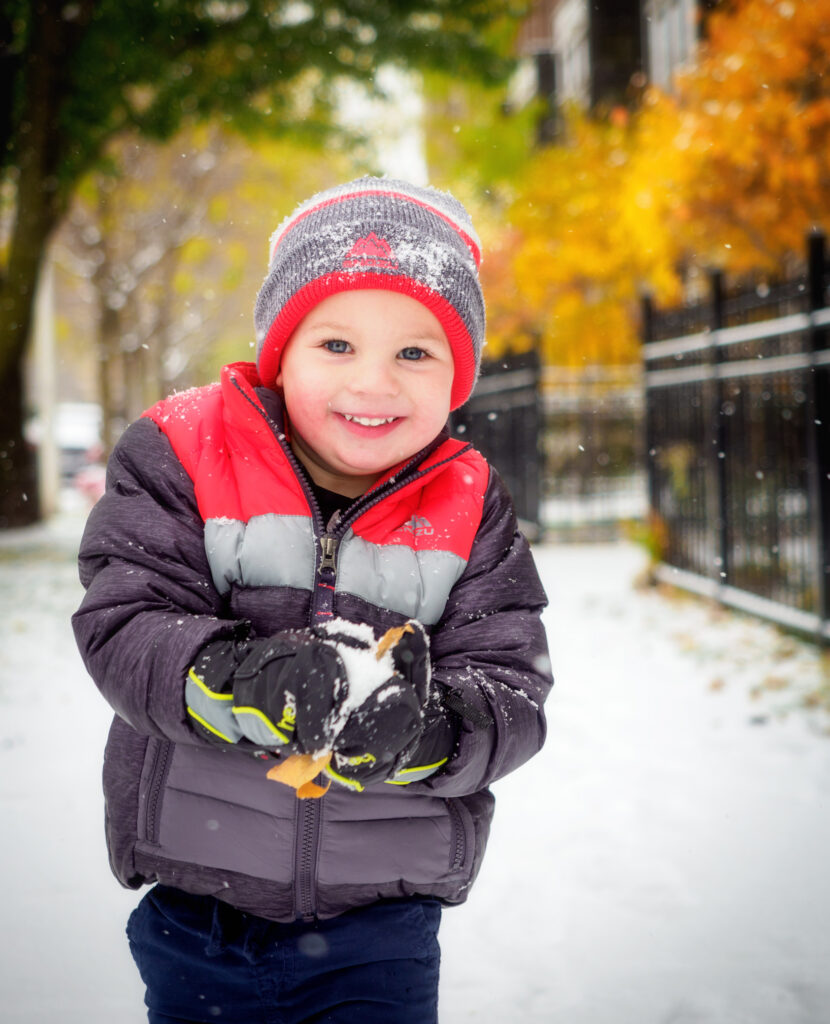
Incorporate Depth
Depth plays a vital role in fall foliage photography. By adding some depth to your photos, you can make them more interesting and highlight the colors of the foliage in a better way. You can experiment with different lenses, blur, and focus to create depth and make your photos stand out.
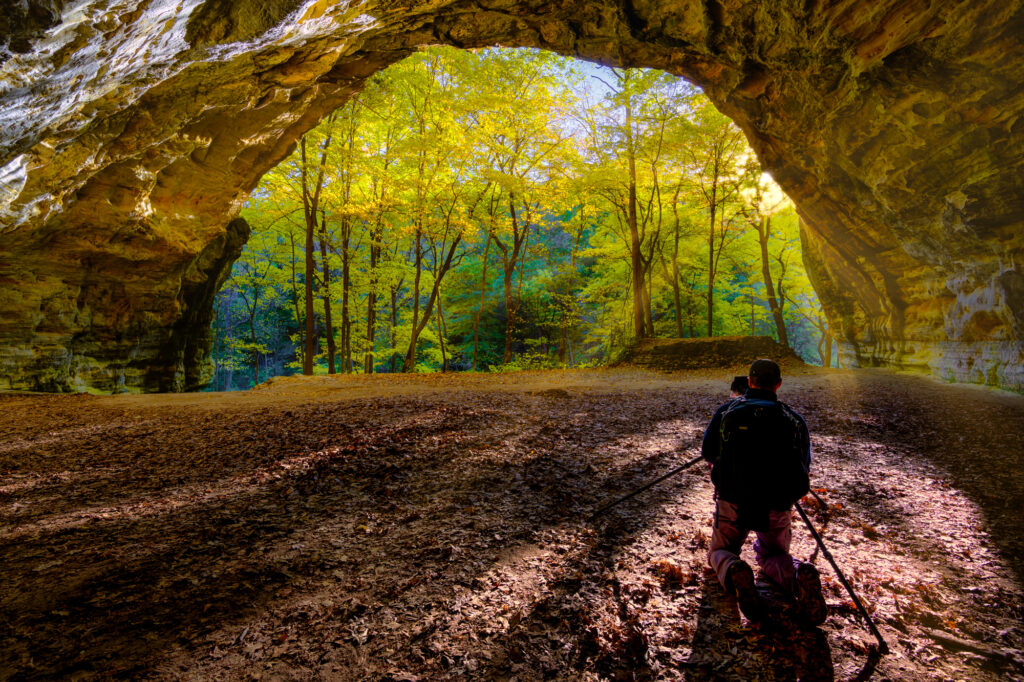
Try Something Different
Don’t settle on the normal compositions. If you have a drone, use it, it is amazing to see the colors from above. Also, play with multiple exposures…you never know what you may be able to capture.
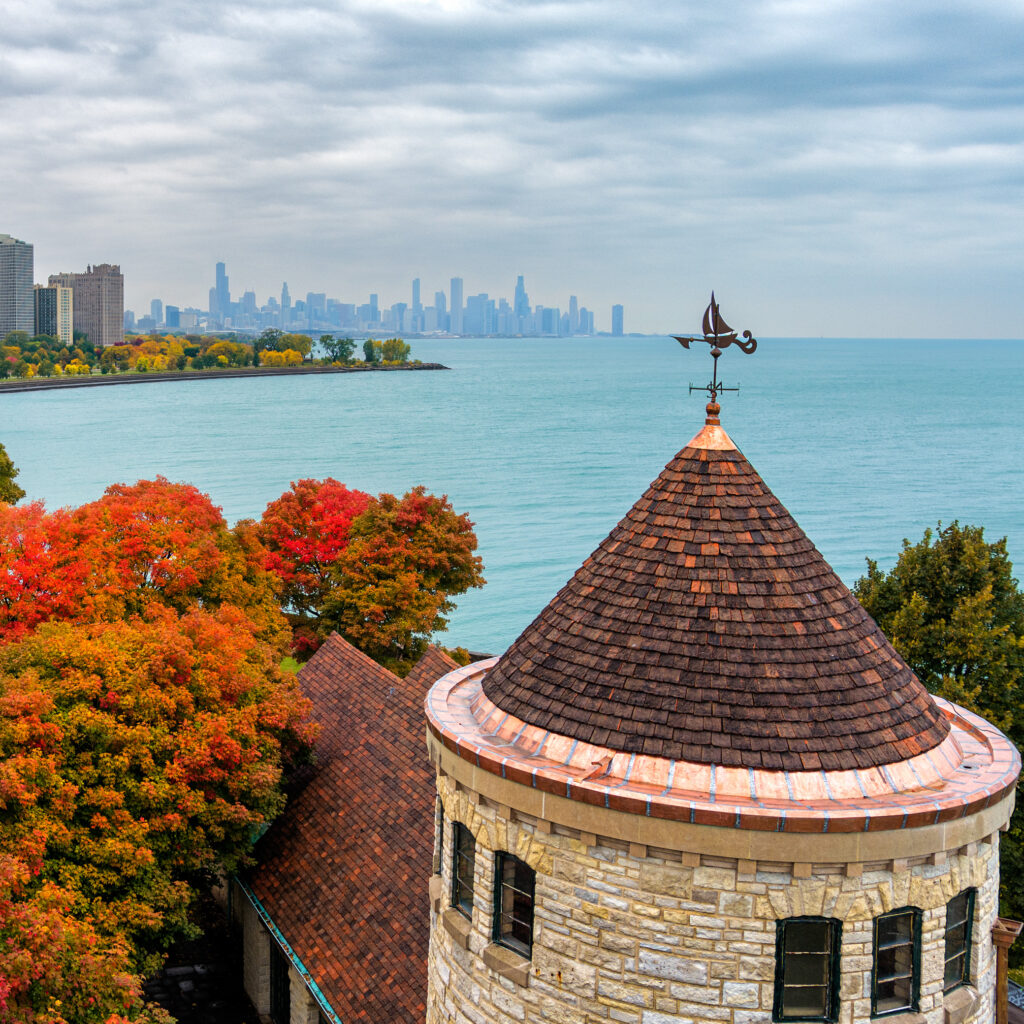
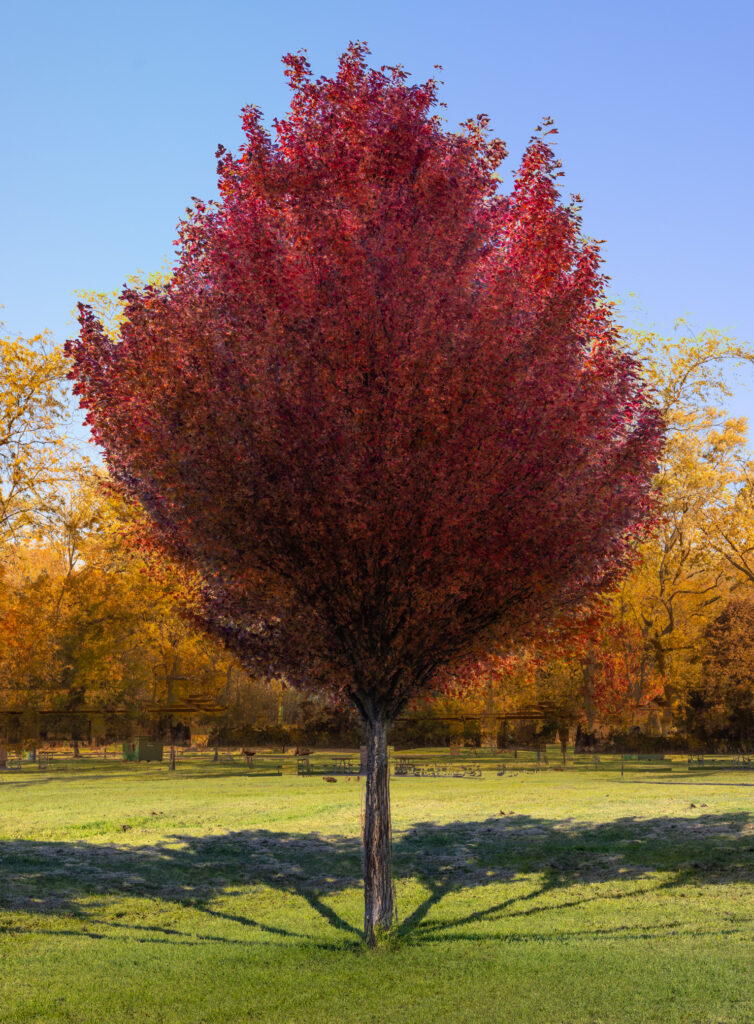
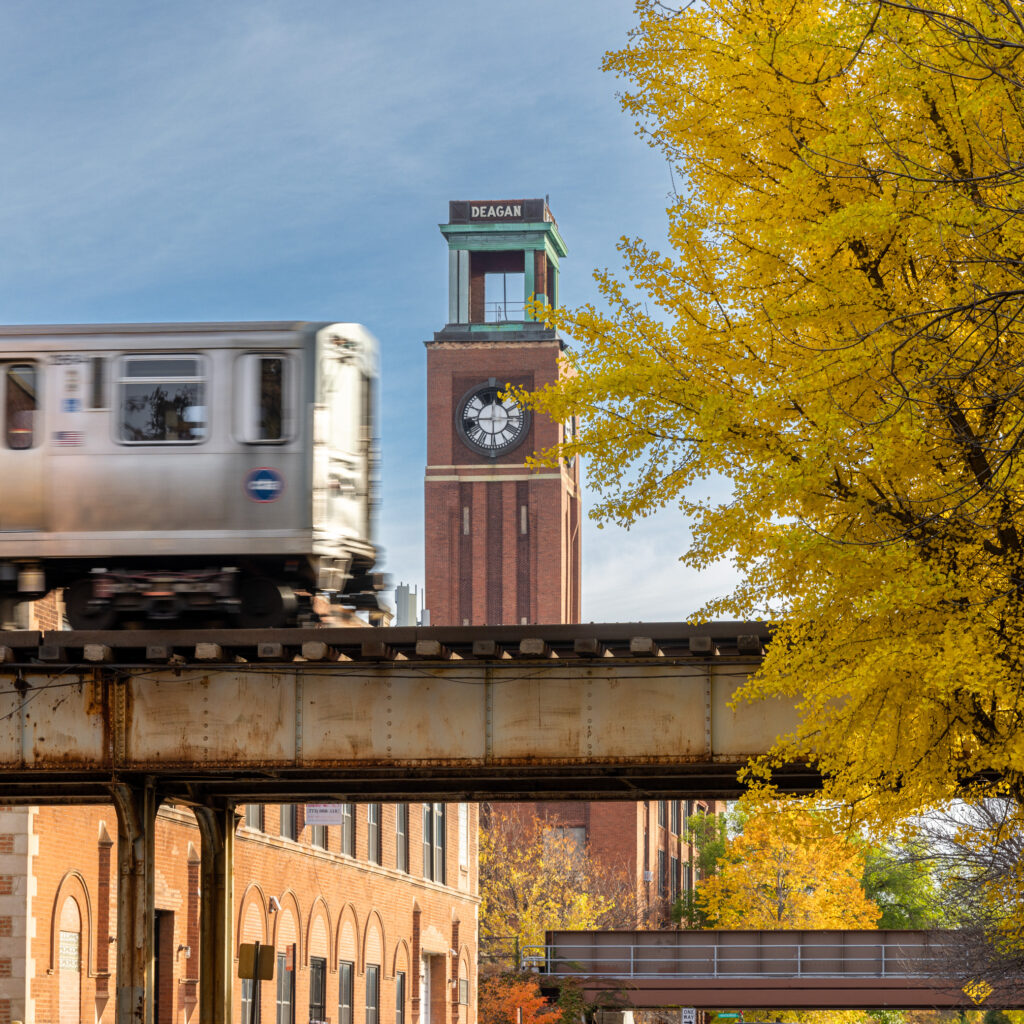
Conclusion
Capturing the fall foliage requires a bit of practice and skill, but hopefully, these tips will help you get started. Remember to choose the right time, location, and composition, experiment with lighting and depth, and don’t forget to edit your photos to make your autumn foliage photography stand out. And above all, have fun while you’re out there capturing the autumn beauty! Make sure to tag @chicagophotoclasses when you post on social media so that we can share your wonderful fall images.
Classes That May Help You Capture Fall Colors
Editing with A.I. in Lightroom & Photoshop Classes

About Author

